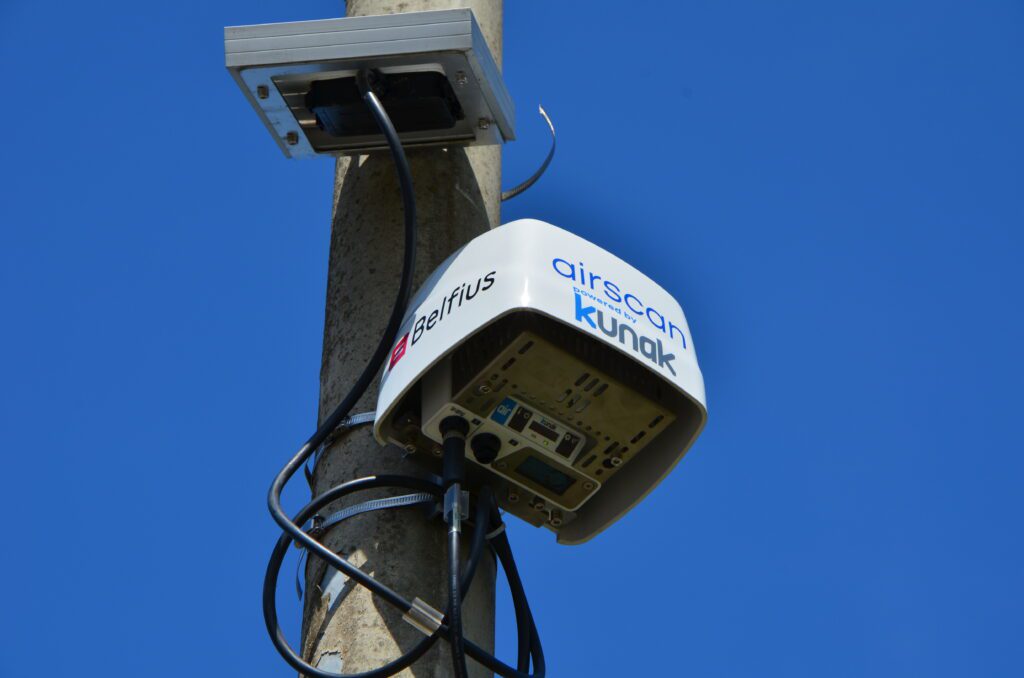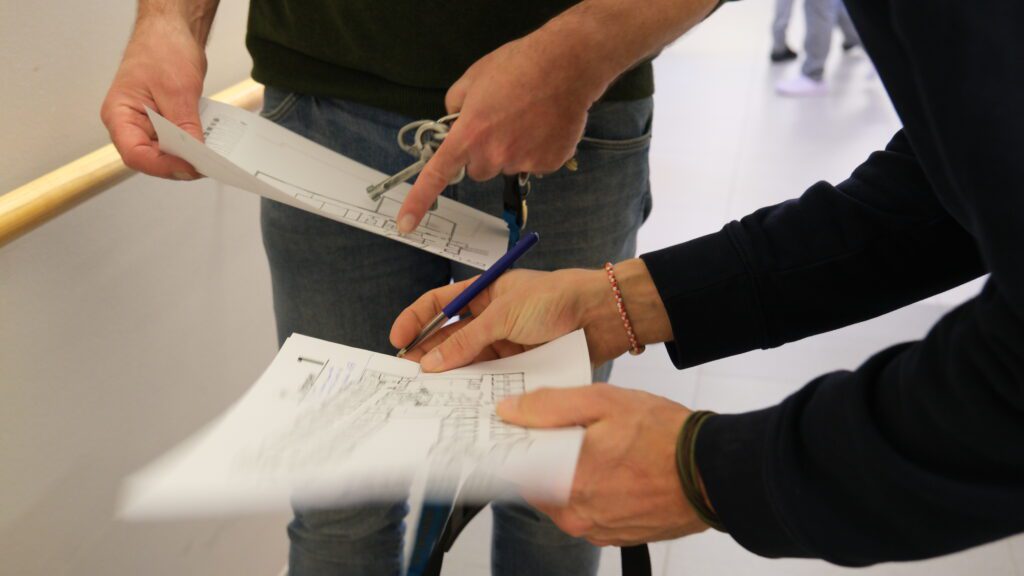Belgium updates its air quality index following stricter WHO Standards
In November 2022, Belgium’s air quality monitoring scheme, Belgian Air Quality Index (BelAQI), underwent a major revision to better reflect the health risks associated with air pollution. Managed by IRCEL – CELINE, the updated index now aligns with the World Health Organization’s (WHO) 2021 air quality guidelines, introducing stricter thresholds and faster reporting.

Key Improvements
Alignment with WHO 2021 Guidelines
BelAQI now uses WHO’s latest limit values and interim targets. When annual limits are exceeded, the index reaches at least level 3 (“Good”); when daily limits are breached, it reaches at least level 6 (“Poor”). This closer alignment makes the index more health-relevant. The latest WHO guidelines can be found here.
Faster Detection with Hourly Averages
Moving away from 24-hour averages, the system now relies on hourly concentrations, allowing for quicker detection of pollution peaks and more timely public alerts.
Stricter Thresholds for Pollutants
While the familiar 1–10 scale is retained, the classification thresholds have been tightened. For instance, a PM₂.₅ daily mean over 50 µg/m³ now corresponds to index level 10 (“Horrible”).
Clearer Link to Health Impacts
Scientific data shows that at index level 8, the risk of daily mortality rises by about 2% for PM₂.₅ and NO₂, and up to 4% for O₃. This strengthens the link between air quality information and public health protection.
An overview of the Belgian Air Quality Index and corresponding threshold limits are given in the table below:
A Step Forward for Public Health
With these updates, Belgium’s air quality index now provides more immediate, scientifically grounded information to the public and authorities. By aligning with WHO standards and improving real-time reporting, the revised BelAQI will play a key role in reducing pollution-related health risks and improving environmental awareness.
For more information, visit the Belgian Interregional Environment Agency (IRCEL – CELINE)
- Air Quality Monitoring
Latest Articles

School air quality: protect children today | Airscan
Children are more vulnerable to air pollution at school. Key Brussels data, effective measures (school streets, LEZ), and Airscan solutions: monitoring, smart ventilation, certification‑ready reporting.


Ventilation Audits in Flanders Care Homes: Airscan’s 40‑Site Study on Indoor Air Quality
Airscan’s audit of 40 Flemish care homes uncovered critical ventilation issues: nearly 1 in 4 rooms exceeded safe CO₂ limits. With VEB and VIPA support, the study offers data-driven solutions to protect residents’ health.
